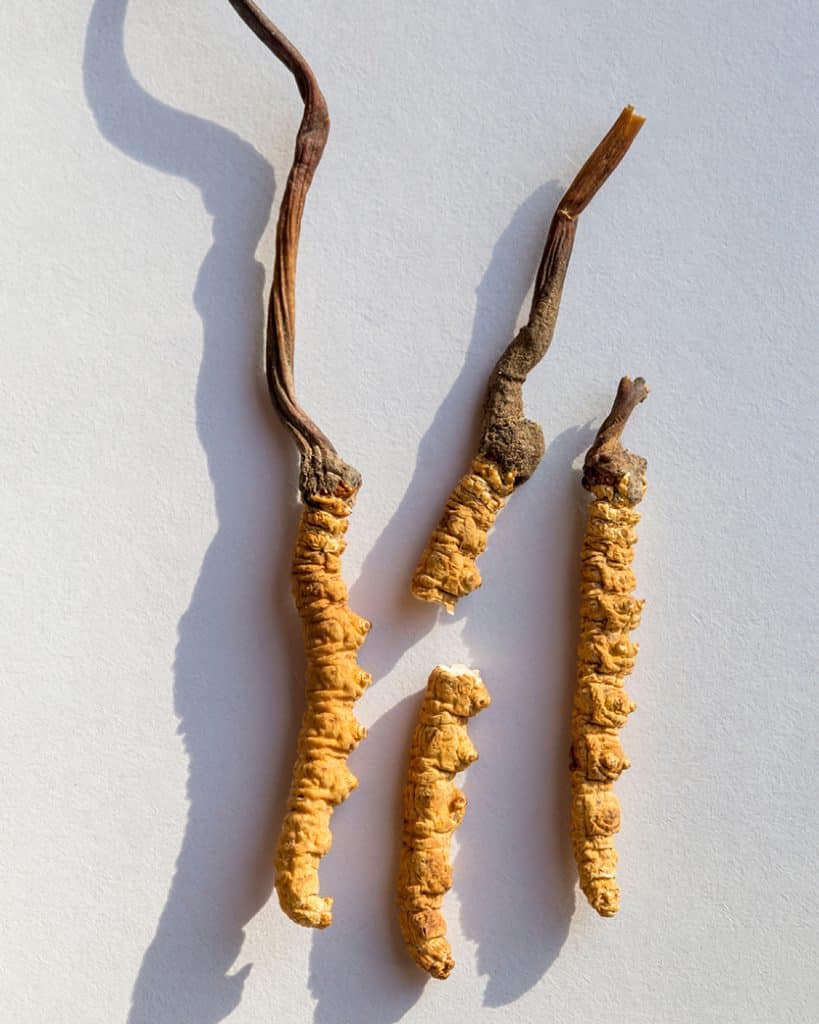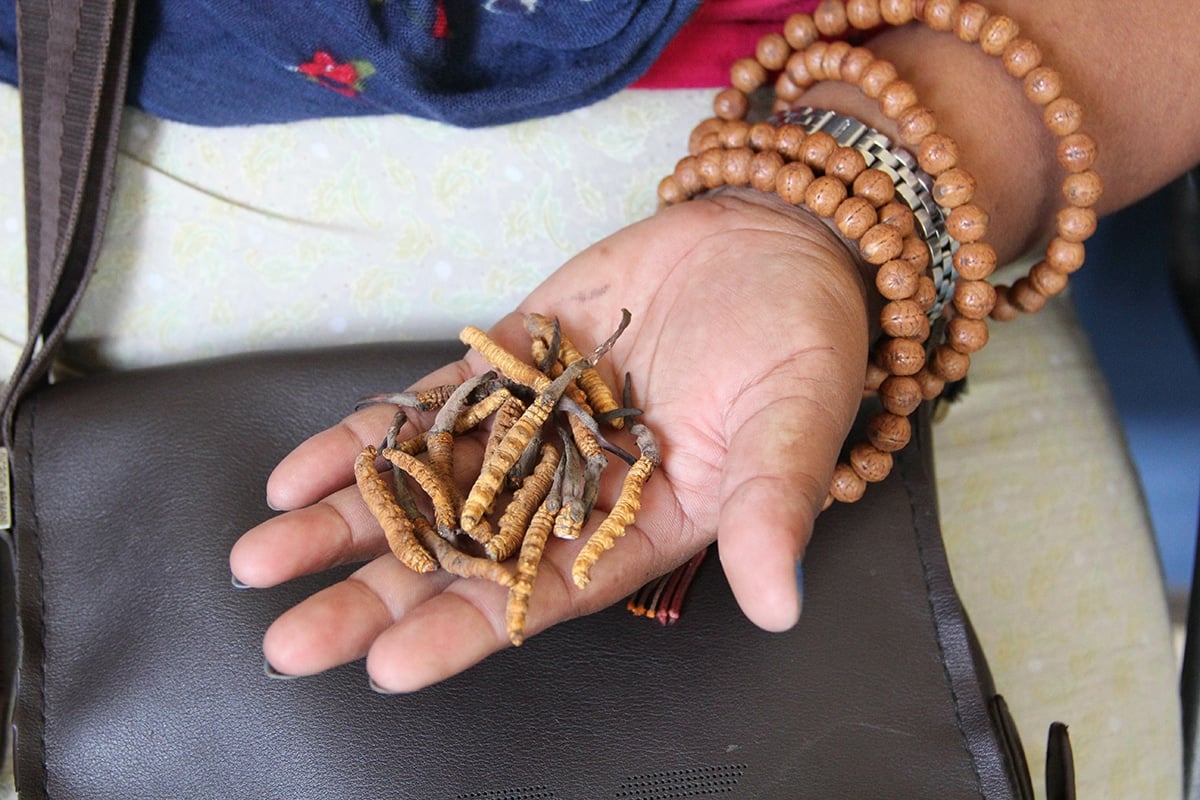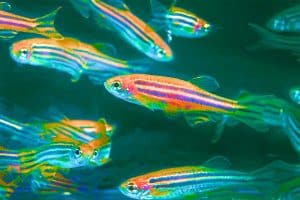Across the Himalayas, the livelihoods of whole communities are dependent on the harvesting of the world’s most expensive medicinal fungus. Said to relieve all manner of conditions—from cancer to asthma, while also serving as a potent aphrodisiac—yarsagumba can sell for $140 a gram in the markets of China. Overharvesting and climate heating, however, is depleting the availability of the caterpillar-shaped fungus and there are now fears that an era of serious scarcity could be dawning.
Though it has been prized for 2000 years as an immune-boosting medicine within Chinese apothecaries, demand for yarsagumba only broke out of elite circles in 1993 after two Chinese athletes set world records for 1500, 3000, and 10000 meters—and their coach attributed the successes to the “revitalizing” non-psychoactive fungus. A caterpillar rush ensued. To meet the sudden surge in demand, people in high-altitude regions of Nepal, Tibet, and Bhutan began foraging for the fungus like never before. The Sars epidemic then boosted its growing desirability, further transforming local economies.
Read: Cordyceps Mushroom: Benefits, Side Effects, and more
“Maggots, as they are colloquially called, figure in herbalists’ prescriptions as a remedy for back pain, impotence, jaundice, and fatigue,” reports the National Geographic. “Also to lower cholesterol, increase energy, and improve eyesight. To treat tuberculosis, asthma, bronchitis, hepatitis, anemia, and emphysema. They are advertised as an antioxidant that prevents tumors and viruses, treatment of HIV/AIDS, and post-surgical painkillers. They can even fight alopecia.”
When the maggots start popping up as grass sprouts in spring after the harsh winter, some schools even take a month without class—since children tend to be the most adept foragers due to their height. However, the unprecedented zeal to fungus hunt has wrought consequences, exacerbated by the climate crisis. In July 2020, the International Union for Conservation of Nature (IUCN) categorized yarsagumba as vulnerable under its red list.

“We used to find many yarsagumbas, sometimes a hundred a day,” harvester Sita Garong told the BBC. “Now we sometimes find two, sometimes 20, and some days we go back empty-handed.”
Kelly Hopping, an ecologist from Boise State University who has interviewed dozens of collectors in Tibet, said that while supplies of Ophiocordyceps sinensis—which infects the larvae of ghost moths while they are underground and then grows through their bodies before emerging to the surface—previously fluctuated. Those involved in the industry now unequivocally say they’re decreasing.
How to Grow Shrooms Bundle
Take Both of Our Courses and Save $90!
“This is one of the few documented cases of a fungus being threatened by overharvesting,” said Professor Gregory Mueller, chair of the IUCN Fungal Conservation Committee. “Implementing a sustainable harvest program is needed both for the Chinese caterpillar fungus and for the long-term economic health of the communities that depend on it for income.”
Read: How to Identify Magic Mushrooms
The industry is also inherently inequitable—with the collectors often braving the risk of avalanches and severe rains to harvest the growth in ever more remote areas, while the overwhelming majority of the market value is accrued at later stages and thus evades the remote Indigenous communities. “Collectors borrow money from upper-level actors (such as traders) to cover extraction costs and enter into informal agreements to supply yarsagumba,” reports the International Centre for Integrated Mountain Development. “As a result, the collectors are often obliged to sell to the contractors at a lower price. Very often, the collectors fall into a debt trap. Profit disproportionately accumulates in the upper levels of the supply chain.”

DoubleBlind is a trusted resource for news, evidence-based education, and reporting on psychedelics. We work with leading medical professionals, scientific researchers, journalists, mycologists, indigenous stewards, and cultural pioneers. Read about our editorial policy and fact-checking process here.

DoubleBlind Magazine does not encourage or condone any illegal activities, including but not limited to the use of illegal substances. We do not provide mental health, clinical, or medical services. We are not a substitute for medical, psychological, or psychiatric diagnosis, treatment, or advice. If you are in a crisis or if you or any other person may be in danger or experiencing a mental health emergency, immediately call 911 or your local emergency resources. If you are considering suicide, please call 988 to connect with the National Suicide Prevention Lifeline.



